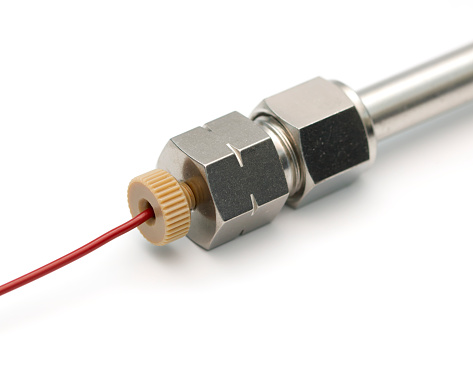How to Choose an HPLC Column Supplier

One of the most important parts of HPLC analysis is the column. The HPLC column needs to be cleaned periodically to prevent dirt from getting stuck. A dirty column can cause spills. Protein analysis using SEC is typically done with phosphate buffer pH 6.8. The pH level is important, as the phosphate buffer is prone to bacterial growth. A dirty column can cause the analysis to fail or even break down the system. To prevent this from happening, it is best to use an antibacterial agent such as sodium azide.
The lifetime of the column is another factor to consider. A longer column will allow for better resolution. A resolution of 1.5 or more is considered a good level for separation. It is important to determine the desired separation goal to determine which column is right for your needs. A 15-cm column operating at 11 Mpa backpressure should be able to meet your requirements.
The amount of sample load also plays an important role in SEC separation. If the sample is too dense for the column to maintain its shape, mass overload will occur. This happens when sample molecules can no longer diffuse into the pores, which results in reduced length. To avoid this problem, it is best to purchase a dedicated SEC column. See this service to know more!
It is important to read the specifications sheet when buying a column. Occasionally, you might need to operate the column at a higher flow rate than the specified one. If that is the case, further method development is necessary to achieve the best separation. By controlling the ionic strength, you can avoid secondary interactions with proteins. Look for more facts about chormatography at https://www.youtube.com/watch?v=23W5Z_redfs.
Compared to general laboratory suppliers, chromatography supply houses continue to dominate the market. LCGC Europe and North America conduct surveys twice a year to determine the current profiles of HPLC users. The last survey was conducted in 2009. This data is important for identifying trends in column technology and practice. In late 2010, LCGC sent a web-based survey to HPLC subscribers. A total of 324 subscribers responded. This number is statistically significant enough to analyze trends and make comparisons.
HPLC is a complex marketplace with a variety of competitors. There are about five to ten firms that are consistently at the top of the market. However, nearly half of the market is made up of small, fragmented companies. Some of these companies have pioneered technologies in liquid chromatography, such as monolith column technologies.
The results of the survey showed that the price of analytical HPLC columns per instrument remains the largest expenditure, followed by guard and analytical columns. However, few respondents spend on empty or bulk packings. About one-third of the respondents have no budget for guard columns. Purchasing these additional HPLC columns will extend the life of your HPLC instrument.
BIA Separations is another HPLC column supplier that was born out of the need to find the best column for the job. The company started in Slovenia and acquired a patent for monolith columns. The company then developed a range of polymeric, ion-exchange, and affinity polymeric columns. It also introduced large monolith columns to the market. Make sure to find more information today!
